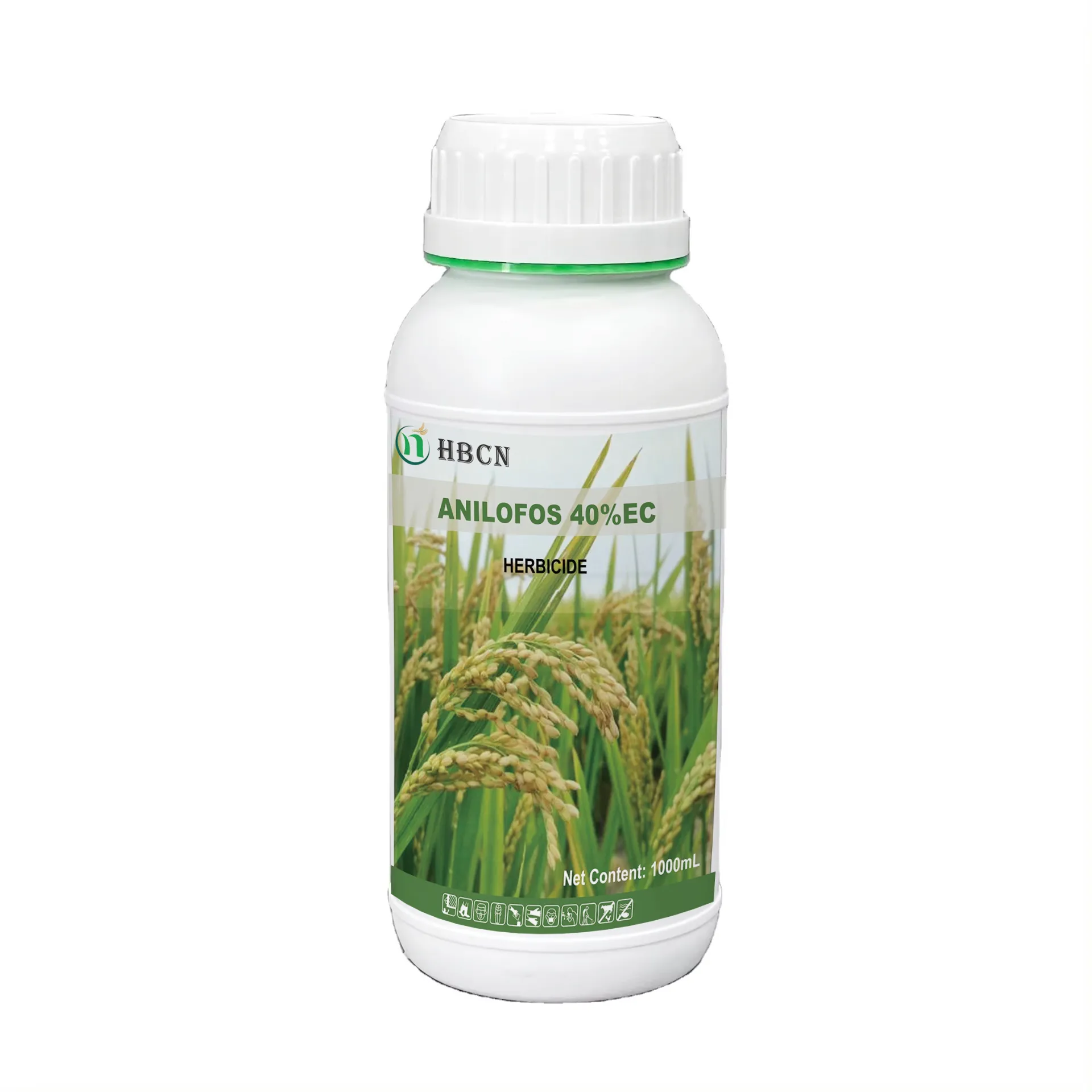
Out . 12, 2024 17:36 Back to list
chlorothalonil insecticide products
Chlorothalonil Insecticide Products An Overview
Chlorothalonil is a broad-spectrum fungicide and is often used in conjunction with insecticides to manage pests in agricultural settings. This chemical compound is particularly effective against various types of fungi, making it a vital tool for farmers looking to protect their crops from disease and improve yield. However, as with any pesticide, the use of chlorothalonil raises important considerations regarding safety, environmental impact, and resistance management.
Chemical Properties and Mechanism of Action
Chlorothalonil is categorized as a contact fungicide, meaning it acts by damaging the fungal cell membrane upon contact. Its chemical structure allows it to disrupt vital cellular processes, preventing the reproduction and growth of fungi. Unlike systemic pesticides, which are absorbed by plants and translocated within their tissues, chlorothalonil remains on the plant's surface, requiring direct contact with the target organism to be effective. This characteristic emphasizes the importance of thorough application methods to ensure adequate coverage.
Applications in Agriculture
Chlorothalonil is widely used in various agricultural applications, particularly in fruit and vegetable production. It is effective against a number of pathogens, including those that cause leaf spots, blights, and other foliar diseases. Common crops treated with chlorothalonil include tomatoes, cucumbers, potatoes, and grapes, where it serves to mitigate disease pressure that could otherwise diminish production.
In addition to agriculture, chlorothalonil is often utilized in non-crop settings, such as in turf management for golf courses, parks, and other recreational areas. In these environments, it helps to control diseases that affect grass and ornamental plants, contributing to healthier landscaping and improved aesthetic appeal.
Safety and Environmental Concerns
chlorothalonil insecticide products

While chlorothalonil serves as an effective tool for disease management in crops, it is also associated with a range of safety concerns. Various studies have raised alarms about its potential impact on human health, particularly regarding respiratory issues and skin irritation upon contact. Although the compound has been scrutinized for its safety, regulatory agencies have established guidelines for its application, including recommended usage rates and pre-harvest intervals designed to minimize residue on food products.
Moreover, there are ecological concerns related to the runoff of chlorothalonil into water systems, where it can affect aquatic organisms. The chemical has been implicated in various environmental assessments, prompting calls for its more judicious use to protect biodiversity and water quality. Farmers are encouraged to adopt integrated pest management (IPM) strategies that combine mechanical, cultural, and biological control methods alongside chemical applications to reduce the overall reliance on synthetic pesticides.
Resistance Management
The widespread use of chlorothalonil and other fungicides has raised issues of resistance among target pathogens. Fungi can adapt quickly, leading to populations that are less susceptible or resistant to treatments over time. To combat this, experts recommend that farmers rotate between different classes of fungicides and incorporate non-chemical management practices to delay the onset of resistance.
This integrated approach not only enhances the efficacy of pest management strategies but also promotes sustainability in agricultural production. Farmers are encouraged to monitor disease pressure and make informed decisions regarding the timing and frequency of chlorothalonil applications, thereby maximizing its benefits while minimizing risks.
Conclusion
Chlorothalonil insecticide products play a crucial role in modern agriculture, offering effective solutions for disease management across a variety of crops. However, the considerations surrounding human health, environmental safety, and resistance emphasize the need for responsible use. By integrating these products into a broader pest management strategy, farmers can protect their crops while promoting sustainability and safeguarding public health. As ongoing research sheds light on the impacts and effectiveness of chlorothalonil, the agricultural community must remain vigilant and adaptable, ensuring the continued availability of safe and effective pest control measures for future generations.
-
Fame Insecticide Granules - Premium Crop Protection Affordable Price
NewsJun.03,2025
-
Pencycuron Fungicide Rice Blast & Citrus Disease Control Solutions
NewsJun.03,2025
-
Cygon Insecticide Fast-Acting Fumigant for Fungus Gnats & Pests
NewsJun.03,2025
-
Malathion 95 EC Insecticide Spray Effective Aphid & Pest Control
NewsJun.02,2025
-
Atrazine for Zoysia Control Selective Herbicide Solution
NewsJun.02,2025
-
Calypso Insecticide Fast-Acting Fungus Gnat & Pest Control Solution
NewsJun.01,2025
